SAE ARP 5580-2001 針對非汽車應用推薦的失效模式及影響分析(FMEA)實踐
作者:百檢網 時間:2021-08-02
標準號:SAE ARP 5580-2001
中文標準名稱:針對非汽車應用推薦的失效模式及影響分析(FMEA)實踐
英文標準名稱:Recommended Failure Modes and Effects Analysis (FMEA) Practices for Non-Automobile Applications
標準類型:V05
發布日期:2001/7/1 12:00:00
實施日期:1999/12/31 12:00:00
中國標準分類號:V05
國際標準分類號:49.020
引用標準:MIL-HDBK-217-1991;RTCA DO-178B-1992;SAE J 1739-2000;SAE ARP 926B-1997;SAE ARP 1834-1986;SAE ARP 4761-1996;Advisory Circular 25.1309-1A;FMD-97;MIL-HDBK-338-1;MIL-STD-1629;NPRD-95;NUREG-0492;TR-TSY-332
適用范圍:Recommended Failure Modes and Effects Analysis (FMEA) Practices for Non-Automobile Applications describes the basic procedures for performing a Failure Modes and Effects Analysis (FMEA). It encompasses functional, interface, and detailed FMEA, as well as certain pre-analysis activities (FMEA planning and functional requirements analysis), post-analysis activities (failure latency analysis, FMEA verification, and documentation), and applications to hardware, software, and process design. It is intended for use by organizations whose product development processes use FMEA as a tool for assessing the safety and reliability of system elements, or as part of their product improvement processes. A separate, Surface Vehicle Recommended Practice, J1739, is intended for use in automobile applications. Purpose: In developing this procedure the subcommittee has endeavored to develop a procedure that reflects the best current commercial practices. This procedure was developed in recognition of todays intense and competitive market demands for high reliability, affordability, and speed to market. The subcommittee had several objectives in defining the FMEA process: 1. Define a basic methodology to include functional, interface, and detailed FMEA. This will facilitate performing the analysis throughout the design process, from early in the conceptual stage to implementation and production. 2. Extend the methodology to include both product and process FMEAs. The methodology can be applied to the many technologies (e.g., mechanical, electrical, software, etc.) used in the development of a product. This helps to facilitate communications between all the parties involved in the development of a system and is useful in a concurrent engineering environment. 1. Provide simple techniques for ranking failure modes for corrective actions and for identifying fault equivalencies. 2. Define the types of information needed for the FMEA in electronic databases, thus facilitating semi-automation of the analysis. 3. Provide procedures for managing the FMEA and for getting the most benefit from the analysis.
中文標準名稱:針對非汽車應用推薦的失效模式及影響分析(FMEA)實踐
英文標準名稱:Recommended Failure Modes and Effects Analysis (FMEA) Practices for Non-Automobile Applications
標準類型:V05
發布日期:2001/7/1 12:00:00
實施日期:1999/12/31 12:00:00
中國標準分類號:V05
國際標準分類號:49.020
引用標準:MIL-HDBK-217-1991;RTCA DO-178B-1992;SAE J 1739-2000;SAE ARP 926B-1997;SAE ARP 1834-1986;SAE ARP 4761-1996;Advisory Circular 25.1309-1A;FMD-97;MIL-HDBK-338-1;MIL-STD-1629;NPRD-95;NUREG-0492;TR-TSY-332
適用范圍:Recommended Failure Modes and Effects Analysis (FMEA) Practices for Non-Automobile Applications describes the basic procedures for performing a Failure Modes and Effects Analysis (FMEA). It encompasses functional, interface, and detailed FMEA, as well as certain pre-analysis activities (FMEA planning and functional requirements analysis), post-analysis activities (failure latency analysis, FMEA verification, and documentation), and applications to hardware, software, and process design. It is intended for use by organizations whose product development processes use FMEA as a tool for assessing the safety and reliability of system elements, or as part of their product improvement processes. A separate, Surface Vehicle Recommended Practice, J1739, is intended for use in automobile applications. Purpose: In developing this procedure the subcommittee has endeavored to develop a procedure that reflects the best current commercial practices. This procedure was developed in recognition of todays intense and competitive market demands for high reliability, affordability, and speed to market. The subcommittee had several objectives in defining the FMEA process: 1. Define a basic methodology to include functional, interface, and detailed FMEA. This will facilitate performing the analysis throughout the design process, from early in the conceptual stage to implementation and production. 2. Extend the methodology to include both product and process FMEAs. The methodology can be applied to the many technologies (e.g., mechanical, electrical, software, etc.) used in the development of a product. This helps to facilitate communications between all the parties involved in the development of a system and is useful in a concurrent engineering environment. 1. Provide simple techniques for ranking failure modes for corrective actions and for identifying fault equivalencies. 2. Define the types of information needed for the FMEA in electronic databases, thus facilitating semi-automation of the analysis. 3. Provide procedures for managing the FMEA and for getting the most benefit from the analysis.
相關標準
百檢網專注于為第三方檢測機構以及中小微企業搭建互聯網+檢測電商服務平臺,是一個創新模式的檢驗檢測服務網站。百檢網致力于為企業提供便捷、高效的檢測服務,簡化檢測流程,提升檢測服務效率,利用互聯網+檢測電商,為客戶提供多樣化選擇,從根本上降低檢測成本提升時間效率,打破行業壁壘,打造出行業創新的檢測平臺。
百檢能給您帶來哪些改變?
1、檢測行業全覆蓋,滿足不同的檢測;
2、實驗室全覆蓋,就近分配本地化檢測;
3、工程師一對一服務,讓檢測更精準;
4、免費初檢,初檢不收取檢測費用;
5、自助下單 快遞免費上門取樣;
6、周期短,費用低,服務周到;
7、擁有CMA、CNAS、CAL等權威資質;
8、檢測報告權威有效、中國通用;
客戶案例展示
相關商品
相關資訊

暫無相關資訊
最新資訊
版權與免責聲明
①本網注名來源于“互聯網”的所有作品,版權歸原作者或者來源機構所有,如果有涉及作品內容、版權等問題,請在作品發表之日起一個月內與本網聯系,聯系郵箱service@baijiantest.com,否則視為默認百檢網有權進行轉載。
②本網注名來源于“百檢網”的所有作品,版權歸百檢網所有,未經本網授權不得轉載、摘編或利用其它方式使用。想要轉載本網作品,請聯系:service@baijiantest.com。已獲本網授權的作品,應在授權范圍內使用,并注明"來源:百檢網"。違者本網將追究相關法律責任。
③本網所載作品僅代表作者獨立觀點,不代表百檢立場,用戶需作出獨立判斷,如有異議或投訴,請聯系service@baijiantest.com



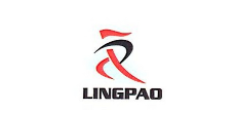
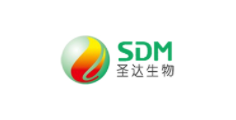

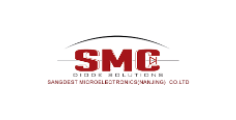



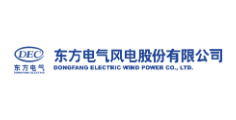
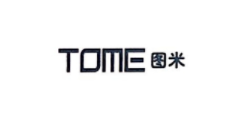
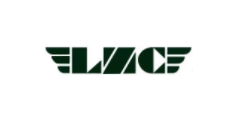
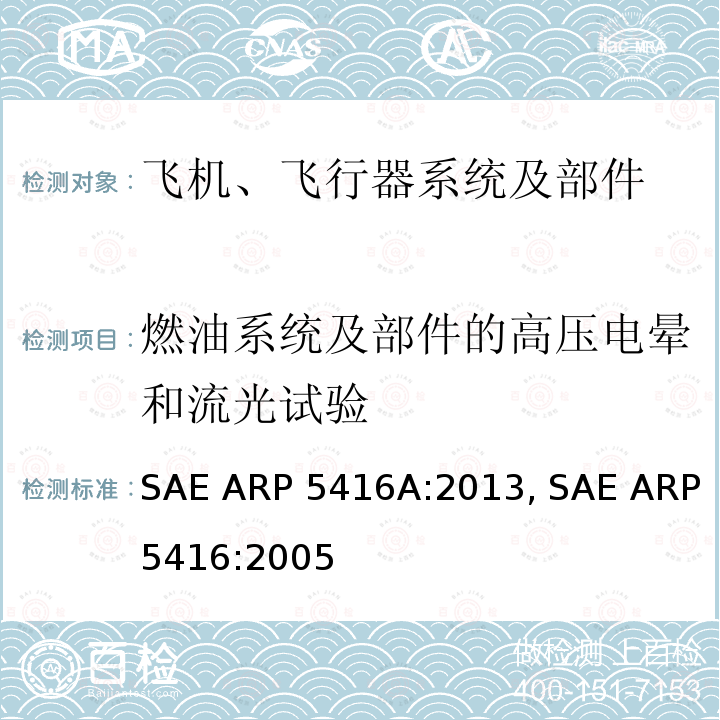
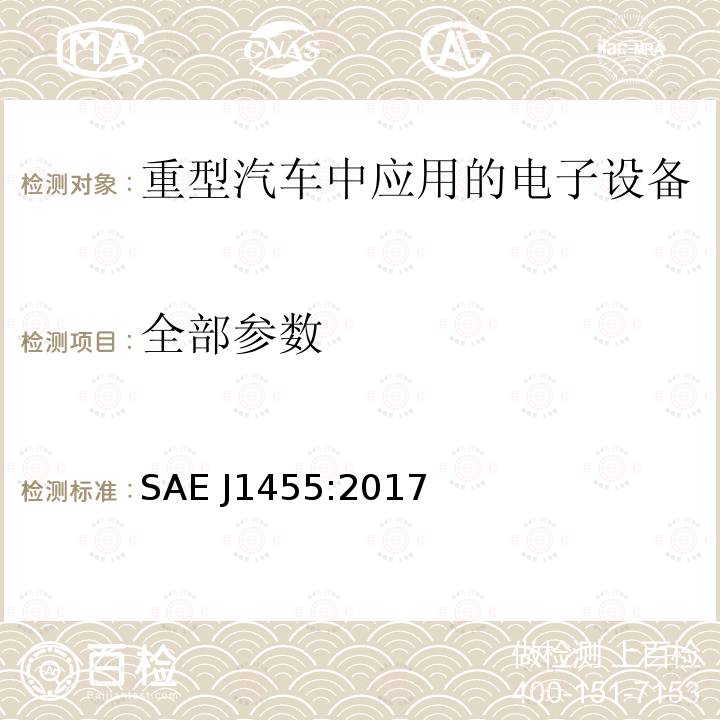
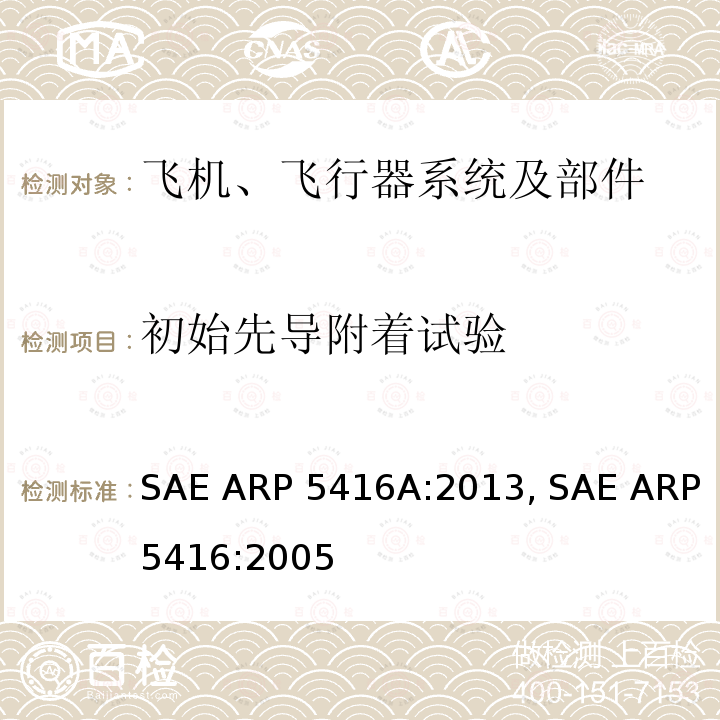
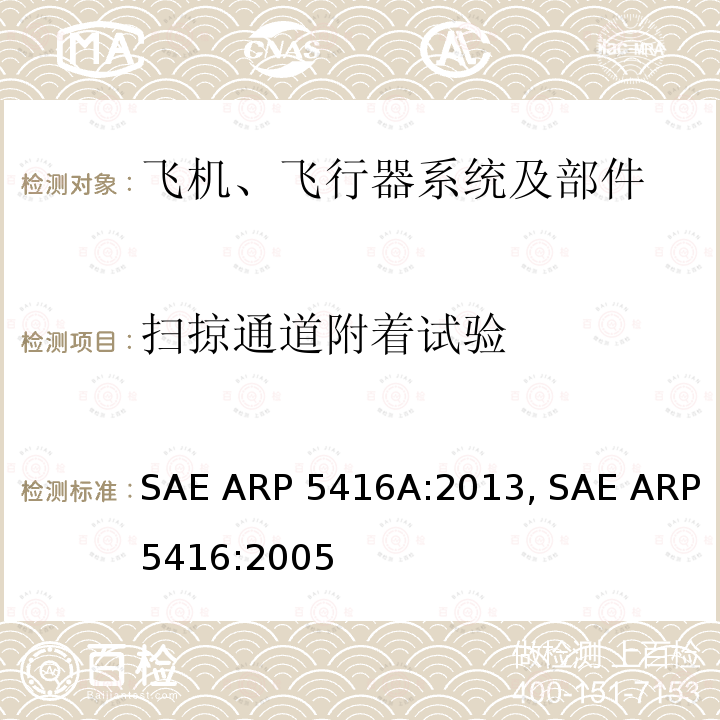

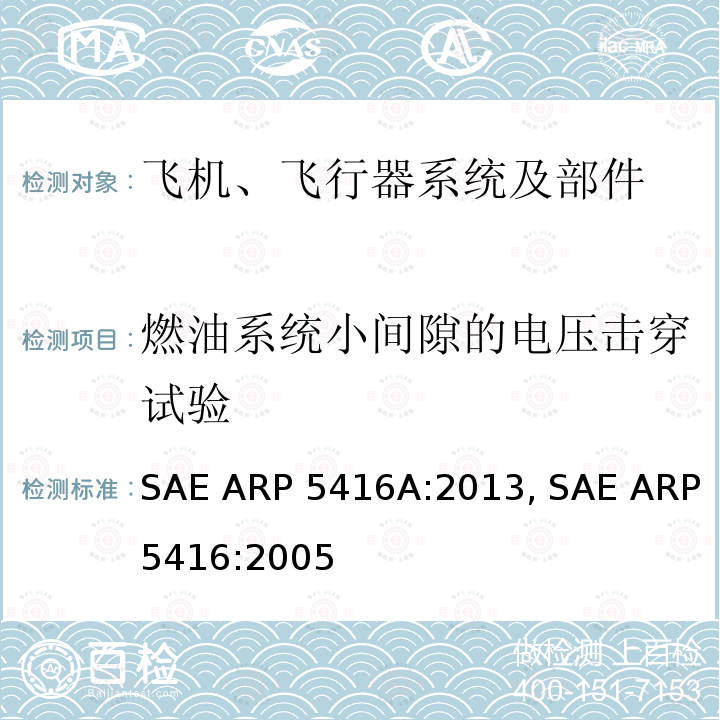

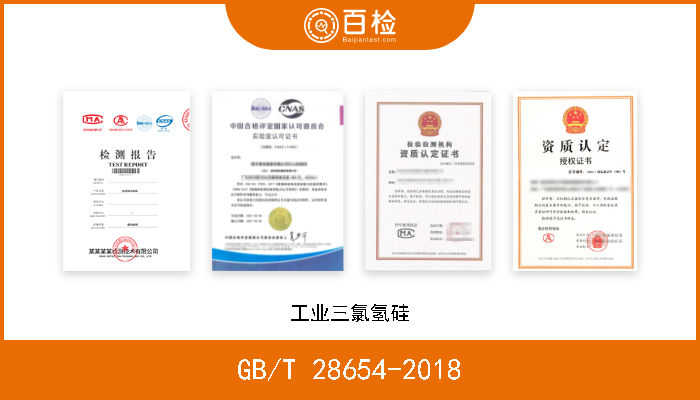
.png)
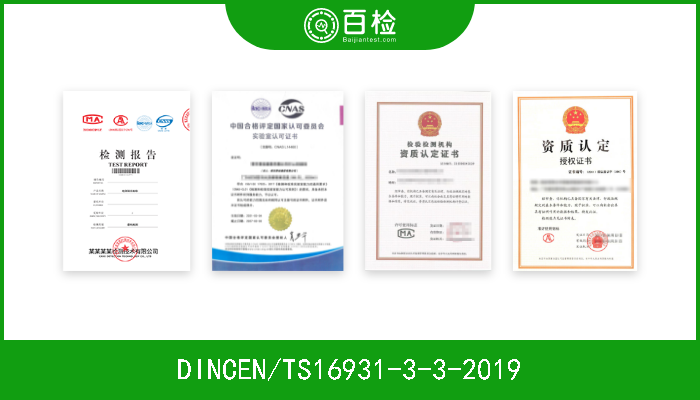
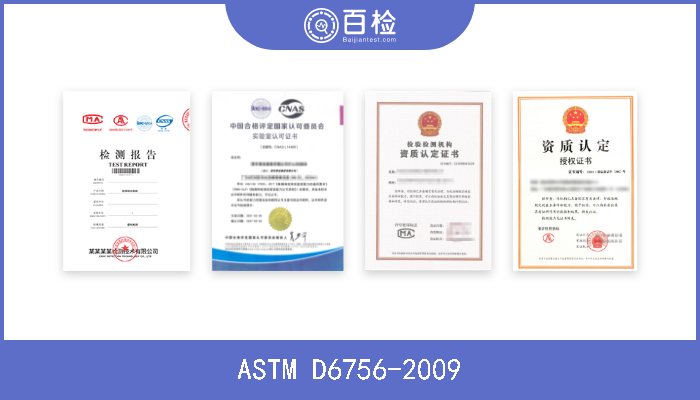
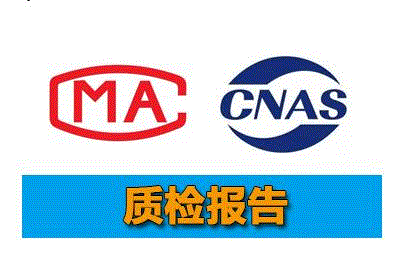
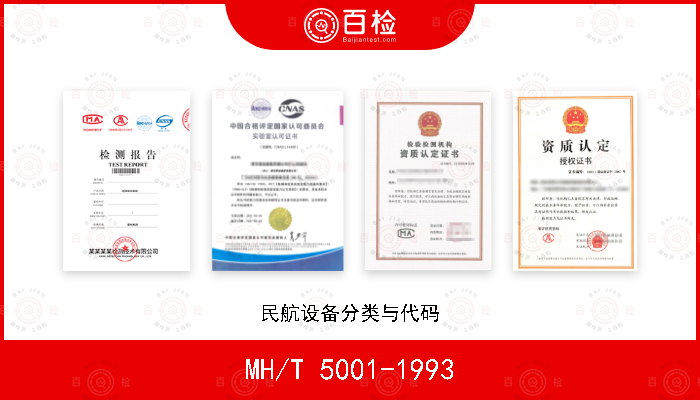
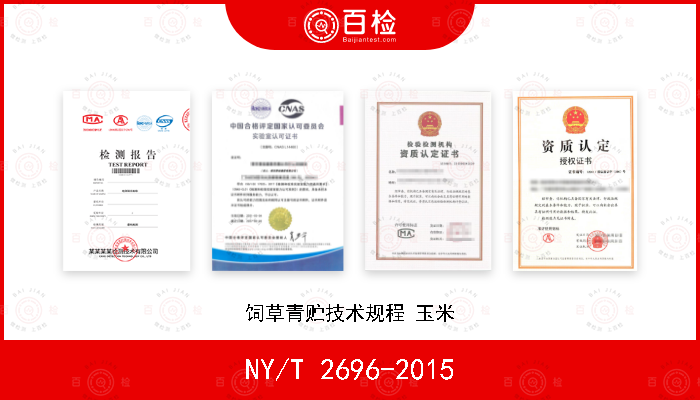
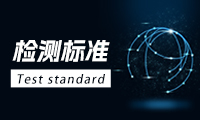



 400-101-7153
400-101-7153 15201733840
15201733840

